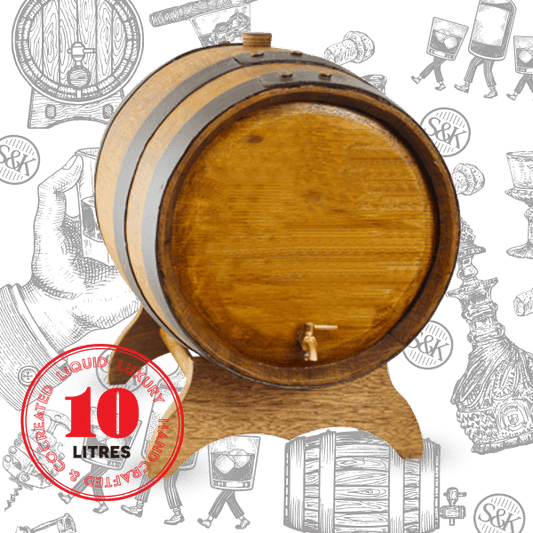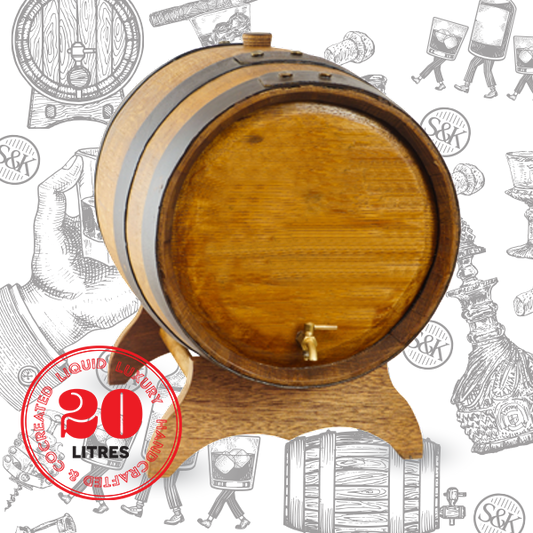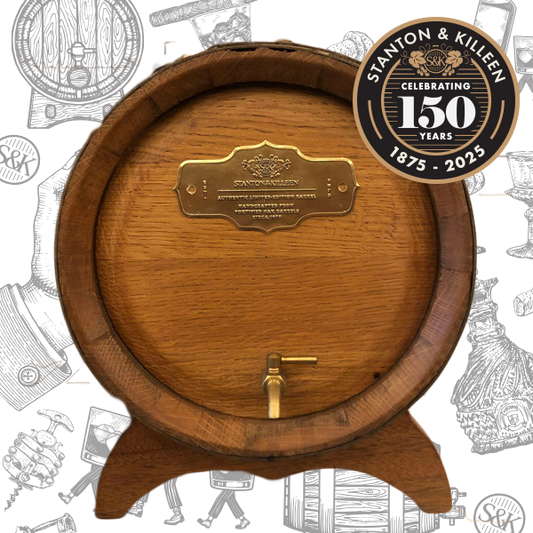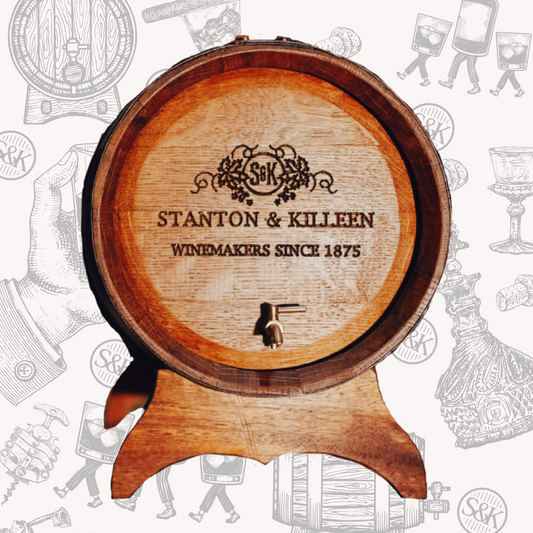If you've ever had the pleasure of visiting our beautiful region, you'll know that Rutherglen is the Muscat capital of the world. We don't like to brag (okay, fine, we do), but Rutherglen's Muscat is the world's best and most awarded of this wine style. Muscat of Rutherglen offers a depth of flavour, texture and complexity like no other. It provides a highly sophisticated and diverse drinking experience that reflects the rural surroundings of the region and our unique site, where it has been grown, produced and bottled by hand.
Contrary to popular belief, age is only one factor in determining the complexity of Muscat. At Stanton & Killeen, we create our final Muscat blends using a modified solera system - a blending and ageing process that ensures consistency of style.
When we talk about Muscat blending, we're referencing a process that involves combining different parcels of Muscat wine to produce a final product. Stanton & Killeen grows 13.11 Hectares of Muscat across six different vineyards. Each vineyard produces distinct flavour profiles, aromas and intensities. The weather conditions during the growing season, such as temperature, rainfall, and sunshine, can also impact the quality of the grapes and the resulting wine. For example, a warm and dry vintage can produce more ripe and concentrated fruit flavours, while a cooler and wetter vintage can result in lighter and more elegant wines. The Muscat produced from each vineyard is called a 'parcel' of Muscat. Each parcel of Muscat will be defined by the vineyard it comes from and the vintage, e.g. Jack's Block Muscat 2019; this aids the winemaker in understanding the expected flavour profiles each parcel will produce within the final blend.
The goal of creating a Muscat blend is to create a well-balanced and harmonious wine with a flavour profile typical of the Stanton & Killeen wine style. Winemakers consider various factors, including the quality and character of the individual parcels, the desired flavour profile, the winemaking style, and the winery's overall philosophy.
The process of blending Muscat typically involves tasting each parcel of wine separately and making notes on its flavour profile, aroma, acidity, and other sensory characteristics. The winemaker then uses this information to determine how each parcel will contribute to the final blend and to make adjustments as needed.
Once the winemaker has determined the final blend, the individual parcels of Muscat are combined in a tank or barrel. The wine is then aged and allowed to settle, and any necessary adjustments are made. The final blend is then bottled and released for sale.
Blending is an integral part of crafting Rutherglen Muscat and is a crucial factor in the quality and character of the final product. It is a complex and time-consuming process that requires a deep understanding of the wine and a skilled winemaker to execute it.





